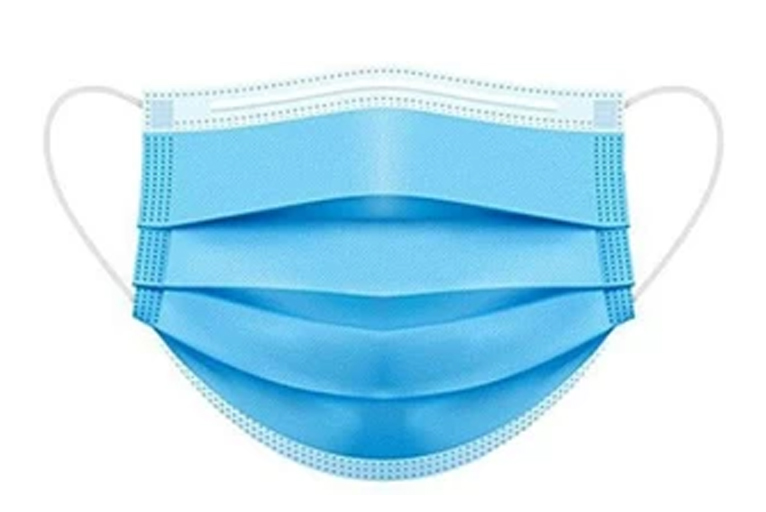google-site-verification: google0228a1feb97d321e.html
google-site-verification: google0228a1feb97d321e.html
google-site-verification: google0228a1feb97d321e.html
google-site-verification: google0228a1feb97d321e.html
google-site-verification: google0228a1feb97d321e.html
google-site-verification: google0228a1feb97d321e.html
Meltblown cloth is the core material of masks. It is mainly made of polypropylene, and the fiber diameter can reach 1 to 5 microns. Ultrafine fibers with many gaps, fluffy structure, good wrinkle resistance and unique capillary structure can increase the number and surface area of fibers per unit area, so that meltblown cloth has good filtering, shielding, insulation and oil absorption. It can be used in air, liquid filter materials, isolation materials, absorption materials, mask materials, thermal insulation materials, oil absorption materials and wiping cloths.

Meltblown cloth coating classification:
Antibacterial coating
· Principle of action: By adding substances with antibacterial properties to the surface of meltblown cloth, such as nanosilver particles, quaternary ammonium compounds, etc., these antibacterial agents can destroy the bacterial cell membrane, interfere with the bacterial metabolic process or inhibit the bacterial nucleic acid synthesis, thereby achieving the purpose of killing or inhibiting bacterial growth.
Antiviral coating
· Principle of action: Generally, special polymer materials or bioactive substances are used, such as coating materials containing specific antibodies, polypeptides or polysaccharides with antiviral activity, etc. These substances can bind to proteins or receptors on the surface of the virus to prevent the virus from entering human cells, or directly destroy the structure of the virus to make it inactive.
Hydrophobic coating
· Working principle: Using materials with low surface energy such as fluorocarbons and silanes, a uniform hydrophobic film is formed on the surface of the meltblown cloth. This film can make water form water droplets on the surface of the meltblown cloth, so that it rolls off quickly, preventing water from staying and penetrating on the surface of the meltblown cloth.
Electrostatic coating
· Working principle: The surface of the meltblown cloth is specially treated to make it carry static electricity. Generally, corona discharge, friction charging and other methods are used to make the surface of the meltblown cloth fiber adsorb a large amount of charge to form an electrostatic field.
Raw material selection
Meltblown cloth: Choose a meltblown cloth with uniform thickness, uniform fiber distribution, and high surface flatness as the substrate, and its physical and chemical properties should remain stable, so as to provide a good adhesion basis for the coating and reduce the uneven coating caused by the differences in the meltblown cloth itself.
Coating material: Ensure the quality of the coating material is stable, including its particle size distribution, viscosity, surface tension and other parameters should meet the requirements and have small differences between batches. For example, the nanosilver particles used in antibacterial coatings should have uniform particle size, otherwise it may cause uneven distribution of silver particles in the coating, affecting the uniformity of the antibacterial effect.

Ultrasonic spraying equipment and process
Nozzle: Select the appropriate nozzle type and specifications. For example, if a precision ultrasonic atomizing nozzle is used, the nozzle aperture must be uniform and unblocked to ensure that the coating material can be evenly sprayed or coated on the surface of the meltblown cloth.
Motion system: The motion system must ensure that the meltblown cloth runs smoothly and at a uniform speed during the coating process, avoiding speed fluctuations or jamming, otherwise it will cause uneven coating thickness.
Spraying process:
Spraying speed, spraying amount, ambient temperature and humidity have an important impact on the uniformity and stability of the coating.